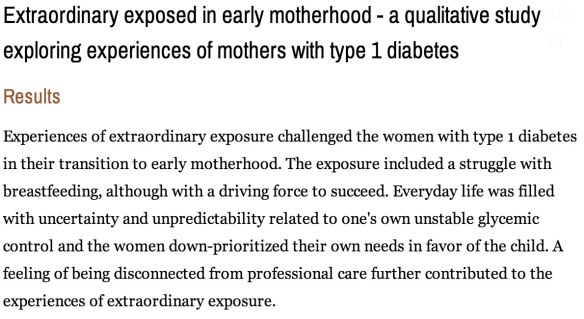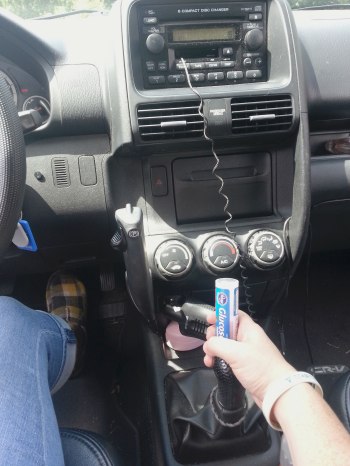As a mother with T1 diabetes (and Grave’s disease) I can’t help but wonder “Is my child more likely to develop one of these conditions and if so, is there anything, no matter how small, that I can do about it?”
You’ve probably all heard the term “genetically predisposed to diabetes”. What does it mean? Basically it means that you were born with certain genetic markers (that’s just a small piece of your DNA) and research has shown that if you have these certain genetic markers you’re more likely to develop Type 1 diabetes than if you don’t. We have no control over our DNA, so if we have them, we were born with them and that’s that. The same goes for our children. (Read a summary from Joslin Diabetes Center about what you’re child’s genetic risk may be based on relatives with T1).
Outside of the world of genetics though, there are lots of other factors that have been shown to increase (or decrease) your risk of developing T1 diabetes, including environmental factors (like certain things you eat or don’t eat), and your microbiome (that’s the “usually good” bacteria that live inside your body all the time….eww!). Researchers are doing more and more studies on these other factors every day. When factors are shown to increase your risk of developing T1 diabetes they’re called risk factors but when they’re shown to decrease your risk of developing T1, they’re called protective factors. Ahh, as a parent I really like the sound of that…protective factors….
There isn’t anything I can do about my children’s genetic risk factors, or their microbiome (yet), but what about the environmental stuff? Are there any protective factors, even if they’re small, that I can integrate into our daily lives? In short, the answer is yes.
Will they actually help to protect my kids? I’ll probably never know…but turns out most of these small changes, largely related to diet and our environments, are healthier choices for the whole family anyway, so why not try?
Some of the first protective factors we can control as parents are related to infant diet (but there are others that apply post-infancy). Infant diet protective factors include: longer duration of breastfeeding (at least 4-6 months), and waiting longer to introduce cow’s milk products (at least 8 days).
As a T1 diabetic these reasons were some of the most important ones for me when I chose to breastfeed my kids…and the main reason I really pushed myself to continue with it for at least a full year.
psst…I’ll be posting about other risk and protective factors periodically under the tag “Type 1 diabetes pathogenesis”.
Related articles
- Study to investigate causes of Type 1 diabetes (abc.net.au)




